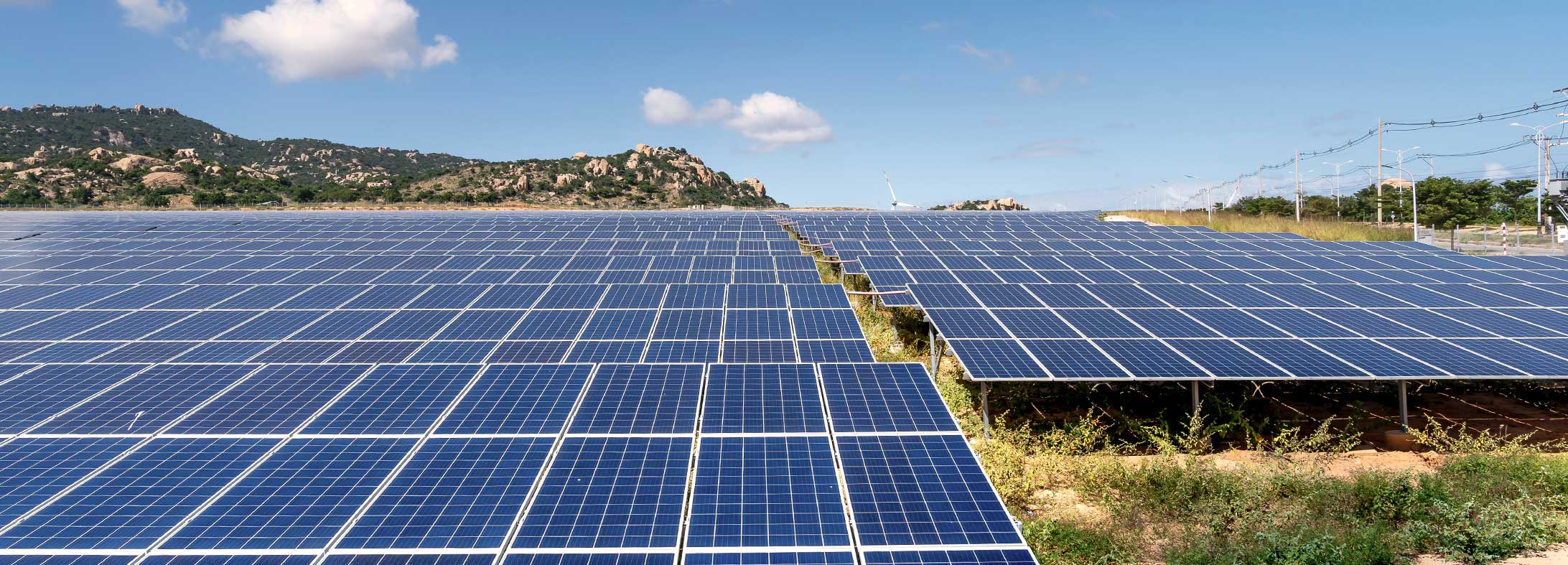
Renewable Energy: Explained
Renewable energy is the fastest-growing energy source in the world. It utilizes clean and abundant resources, such as the sun, wind and water, rather than petroleum, coal or other fossil fuels. Ultimately, the goal of using renewable energy is to foster a positive environmental impact and a more sustainable future for humanity and the planet. Currently, the abundance of renewable energy resources and new technological developments are making renewable energy more cost-effective than ever before. Advances in turbine technology are driving down costs in wind power capacity while solar energy in the U.S. is booming. While wind and solar have been making gains, hydropower has become the greatest source of renewable energy worldwide.
What qualifies as a renewable energy source?
- Solar energy: Solar technologies convert sunlight into electrical energy either through photovoltaic (PV) panels or through mirrors that concentrate solar radiation. This energy can be used to generate electricity or be stored in batteries or thermal storage. The amount of sunlight that strikes the earth’s surface in an hour and a half is enough to handle the entire world’s energy consumption for a full year. This is why solar energy is such a widely used source of renewable energy.
- Wind energy:Wind turbines work on a simple principle: instead of using electricity to make wind—like a fan—wind turbines use wind to make electricity. A wind turbine turns wind energy into electricity using the aerodynamic force from the rotor blades, which work like an airplane wing or helicopter rotor blade.
- Hydroelectric energy:Hydroelectric energy (or hydropower) is a form of energy that harnesses the power of water in motion—such as water flowing over a waterfall—to generate electricity. Most hydroelectric power plants have a reservoir of water, a gate or valve to control how much water flows out of the reservoir, and an outlet or place where the water ends up after flowing downward. Water gains potential energy just before it spills over the top of a dam or flows down a hill. The potential energy is converted into kinetic energy as water flows downhill.
- Geothermal energy:Geothermal energy is heat derived within the sub-surface of the earth. Water and/or steam carry the geothermal energy to the Earth’s surface. Depending on its characteristics, geothermal energy can be used for heating and cooling purposes or be harnessed to generate clean electricity.
- Biomass energy:Biomass is organic, meaning it is made of material that comes from living organisms, such as plants and animals. The most common biomass materials used for energy are plants, wood, and waste. Biomass contains energy first derived from the sun: Plants absorb the sun’s energy through photosynthesis, and convert carbon dioxide and water into nutrients (carbohydrates).
- Ocean energy:Ocean energy (or wave energy) occurs when converters capture the energy contained in ocean waves and use it to generate electricity. Converters include oscillating water columns that trap air pockets to drive a turbine; oscillating body converters that use wave motion; and overtopping converters that make use of height differences. Tides, waves and currents can be used to produce electricity. However, ocean energy is still at the research and development stage and not yet commercially available.
Green Choice Energy provides 100% green electricity and carbon-neutral natural gas for those seeking to offset their non-renewable emissions with an alternative that is healthy for the planet. Green Choice Energy is committed to flexible plans that are tailored to customers’ budgets and consumption habits. Please visit www.greenchoiceenergy.com for more information about renewable energy.
References:
https://www.energy.gov/eere/wind/how-do-wind-turbines-work
https://www.irena.org/geothermal
https://www.energy.gov/eere/water/how-hydropower-works
https://www.nationalgeographic.org/encyclopedia/hydroelectric-energy/
https://www.energy.gov/eere/solar/how-does-solar-work
https://www.nationalgeographic.org/encyclopedia/biomass-energy/
